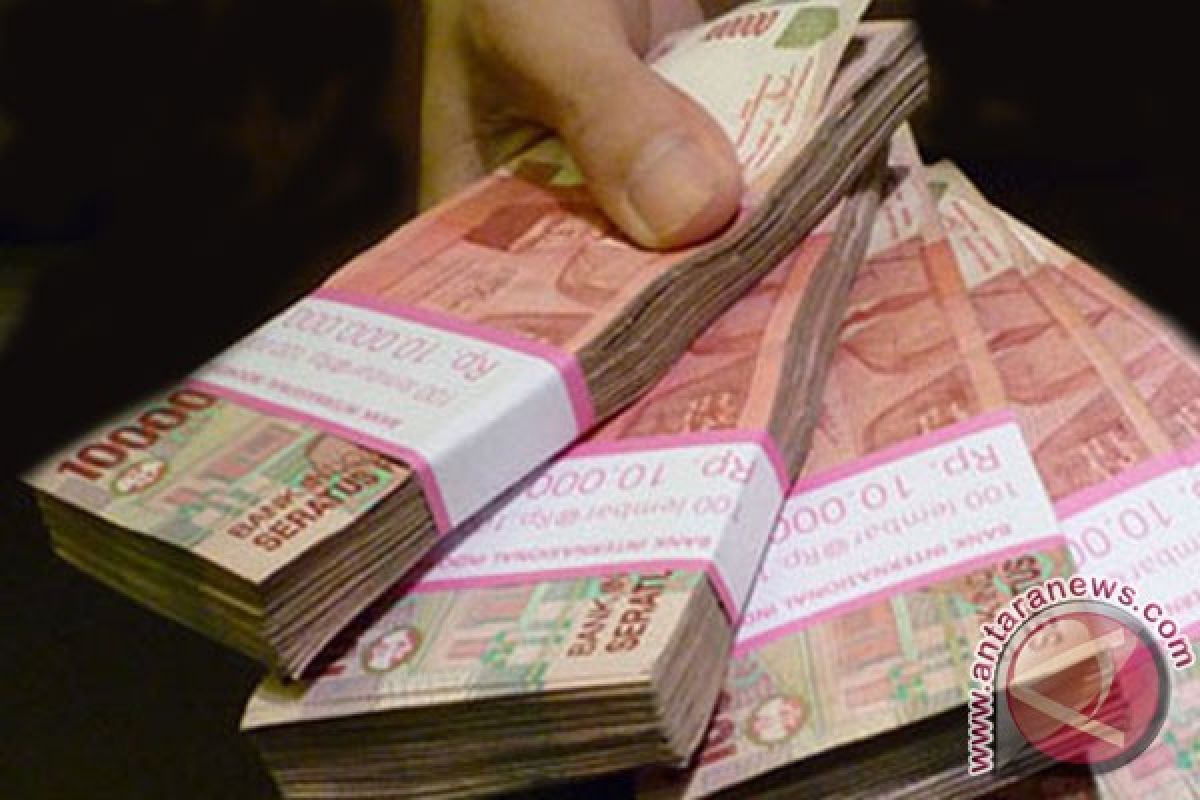The currencies of countries recording surplus in international trade would be more resilient even could record appreciation in exchange rate, Mirza said in a national seminar on expansion and financing export oriented labor intensive industry" here on Monday.
Deficit in current account is a condition when imports of goods and service exceed exports. Based on data at the Central Bureau of Statistic (BPS), in 2006, the country had a 3-percent surplus in its current account, but in 2011, the country began to record current account deficit of 0.2 percent that widened to 1.7 percent in 2017.
Meanwhile, Thailand has continued to chalk up an increase in surplus of its current account from 1 percent in 2006, to 2.6 percent in 2011 and to 11.7 percent in 2017. Malaysia also has continued to post current account surplus although shrinking from 16.1 percent in 2006, to 11.2 percent in 2011, and to 3 percent in 2017.
With the surpluses recorded by Thailand and Malaysia, the exchange rates of the currencies of the two countries against the U.S. dollar have appreciated year to date (29 December 2017 until 5 April 2018) by 2.66 percent and 2.77 percent respectively, when rupiah lost 2.67 percent of its value and Philippine peso depreciated 3.39 percent and India`s Rupee down 4.48 percent .
In addition, the currencies of Thailand and Malaysia are more resilient in exchange rate because of substantial contribution from their tourism sector to their foreign exchange reserves.
Based on data at the UN World Tourism Organization (UNWTO), in 2016 the contribution of the tourism sectors to Thai foreign exchange reached US$49.9 billion. The contribution of tourism sector of Malaysian foreign exchange reserves was US$18.1 billion as against a contribution of the sector to Indonesia`s foreign exchange reserves of only US$11.3 billion.
"Therefore , our policy is to push development of tourism and boost exports. Our foreign exchange reserves are not more than enough, but certainly we may not continue to use our foreign exchange reserve. We have to boost development of the real sector," Mirza said.
Rupiah has continued to weaken lately against the U.S. dollar. Based on the middle exchange rate of Bank Indonesia rupiah lost more value closing at the level of 13,956 per dollar from the level of 13,943 on Friday.
Reporter: Citro Atmoko
Editor: Bambang Purwanto
Copyright © ANTARA 2018









